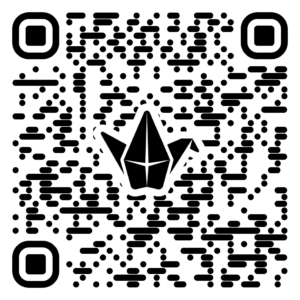NASA Space Science Balloon Exploration
JPL's Venus Aerobot
Designed with two layers, the aerobot has:
🔹 A rigid inner reservoir filled with helium under high pressure.
🔹 An outer balloon that expands and contracts to control altitude.How does it change altitude?
🔹 To ascend: Helium vents from the inner reservoir into the outer balloon, increasing buoyancy.
🔹 To descend: Helium is pumped back into the reservoir, shrinking the outer balloon and reducing buoyancy.
🔬 Science Behind Planetary Balloons
✅ Balloons are a faster and cheaper way to explore planets 🌍💰
Because of this, they allow higher-risk, cutting-edge technologies to be tested before use in space.
✅ Why do balloons float? 🎈✨
Helium balloons float due to buoyant forces described in Archimedes’ Principle:
Any object immersed in a fluid experiences an upward force equal to the weight of the fluid it displaces.
Air is heavier (denser) than helium, so the buoyant force pushing up on the balloon is stronger than gravity pulling it down.
✅ NASA uses two types of planetary balloons 🛰️
Zero-pressure balloons – Used for short-duration flights (a few hours to days).
Super-pressure balloons – Used for long-duration missions (up to 100 days!).
Both are made of thin plastic film similar to plastic wrap.
✅ NASA’s Balloon Missions 🚀
In 2014, NASA tested Mars landing technology by lifting the Low-Density Supersonic Decelerator (LDSD) to 119,000 feet!
Balloons help simulate conditions on Mars’ thin atmosphere before actual Mars missions
Goal: Create a Removable Gondola with Payload to be lifted by Helium Balloons
Complete each of following mission challenges:
✅ Maintain altitude: Find the appropriate amount of mass to place in the cup that will cause the balloon to float and maintain a steady altitude of approximately 3 feet (1 meter) for 30 seconds. (Fb = Fg)
✅ Controlled ascent: Find the appropriate amount of mass to place in the cup that will cause the balloon to ascend at a rate between 10 and 20 inches per second (0.25 to 0.5 meters per second). (Fb > Fg)
✅ Controlled descent and landing: Find the appropriate amount of mass to place in the cup that will cause the balloon to descend at a rate between 10 and 20 inches per second (0.25 to 0.5 meters per second). (Fb < Fg)
STEPS:
STEP 1: Brainstorm and sketch your gondola design. How will it be removable? What materials will keep it steady?
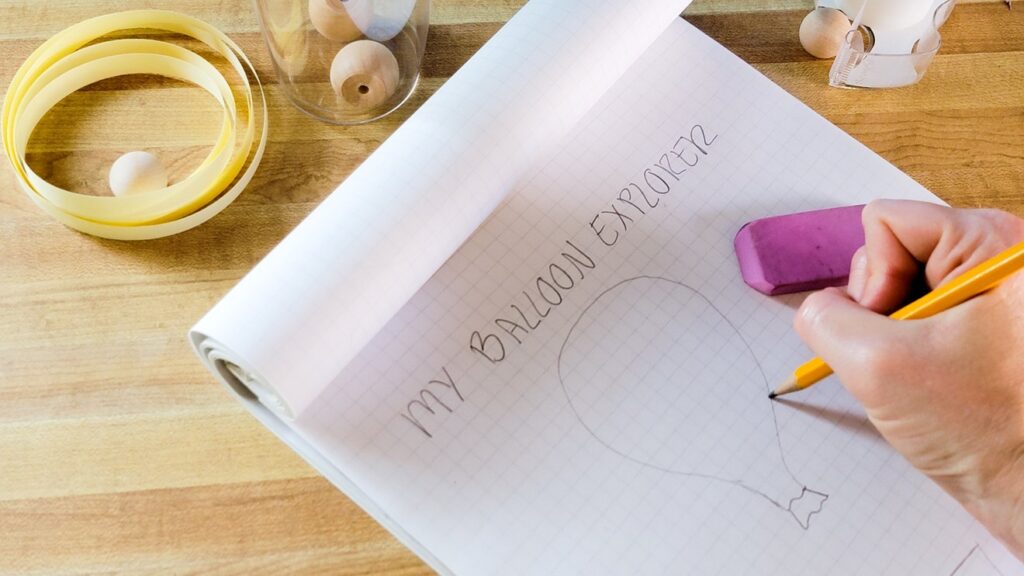
____________________________________________________________
STEP 2: Design and build your gondola v.1
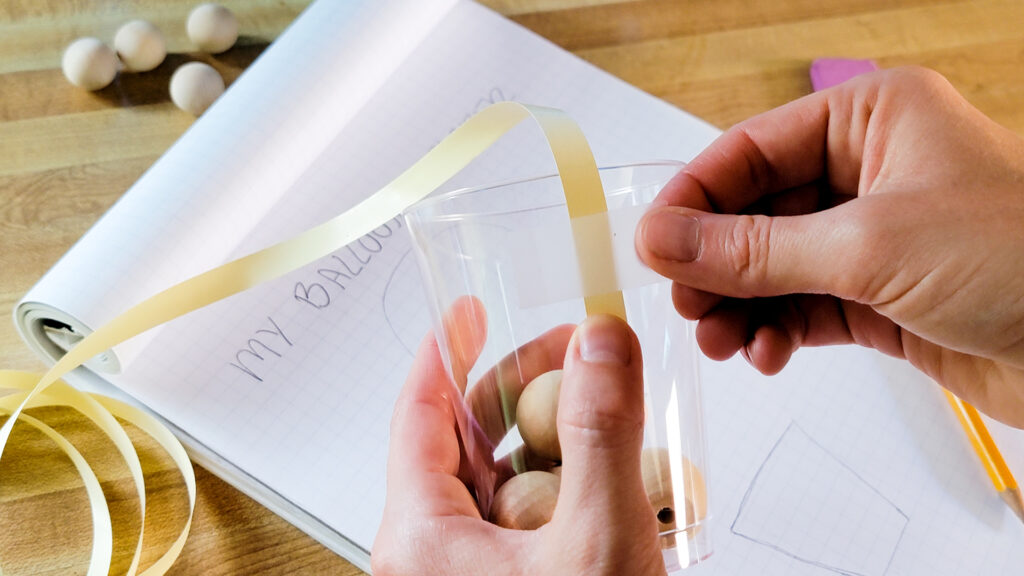
____________________________________________________________
STEP 3: Grab a couple of balloons and TEST, RECORD DATA, REDESIGN, RETEST
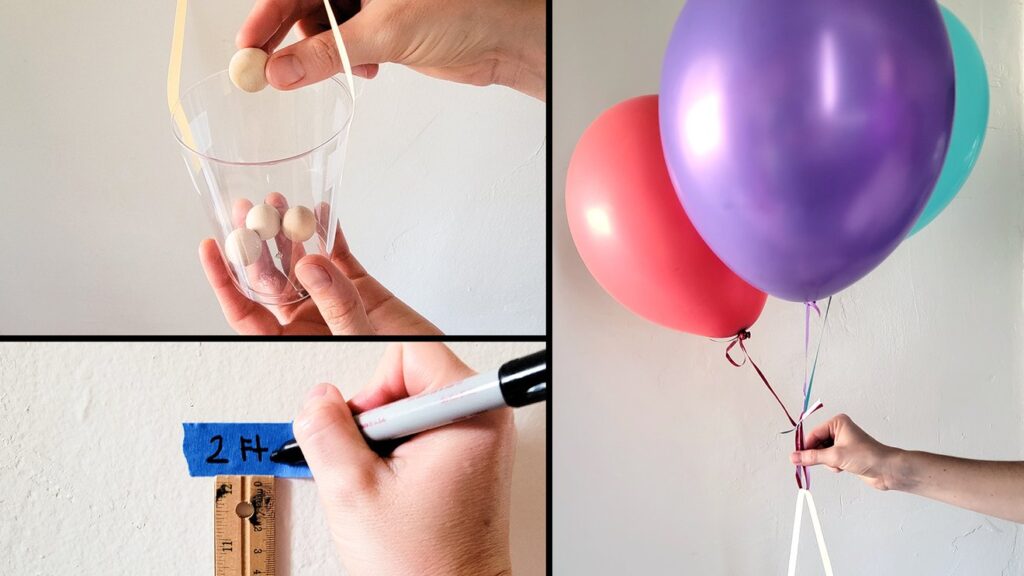
____________________________________________________________
STEP 4: Weigh and record your gondola data
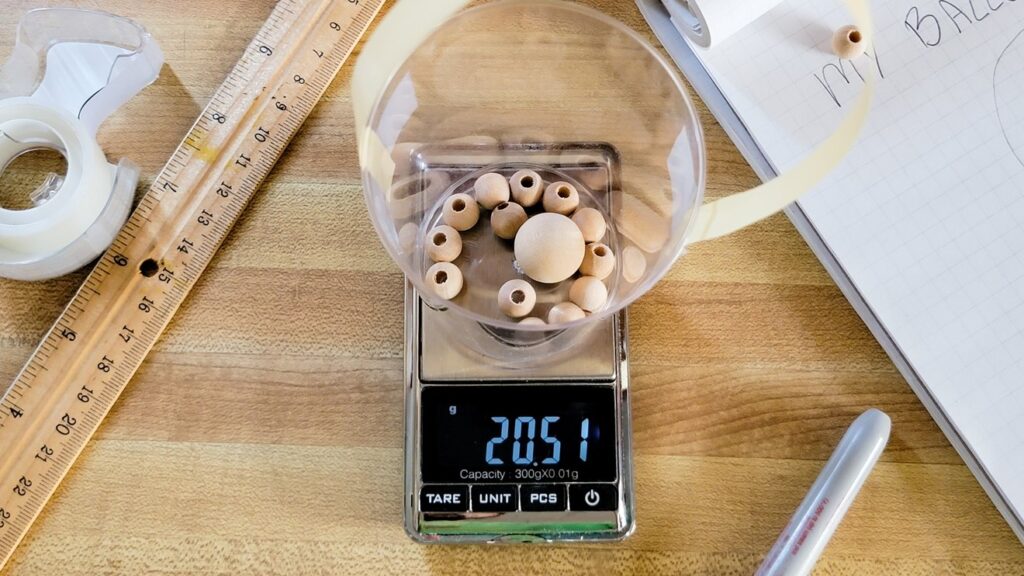
Improve:
How might you improve your balloon’s flight?
- Speed up your balloon: Increase the speed at which your balloon moved up or down while maintaining a controlled float.
- Slow down your balloon: Decrease the speed at which your balloon moved up or down while maintaining a controlled float.
- Improve Stability: How might you improve stability for the flight?
- Design steering: How might you control the horizontal direction of flight or change the movement?
Calculate lift:
Lift Calculation Equation:
L=(V×ρ_air)−W
- L = Lift force (in grams) – If L > 0, the balloon will rise!
- V = Volume of helium (in liters) – Approximate using balloon size
- ρ_air = Density of air (~1.225 g/L at sea level)
- W = Weight of the gondola (in grams, measured on a scale)
1️⃣ Weigh the gondola cup and payload (use a small scale) – Record W
2️⃣ Estimate balloon volume based on size:
- 1 balloon (~11 inches diameter) → 14 liters
- Multiply number of balloons × individual balloon volume → V
3️⃣ Calculate expected lift force using the equation
4️⃣ Determine if L > 0 → If positive, the gondola will
🌠 Careers in Space Science & Exploration
Interested in planetary balloons and space exploration? Check out these exciting careers:
Aerospace Engineer – Designs and tests space probes and planetary balloons. 🛰️
Atmospheric Scientist – Studies planetary atmospheres using high-altitude balloons. 🌥️
Astrobiologist – Researches possible life in alien atmospheres. 🧬
Planetary Geologist – Studies the surfaces and climates of planets. 🪨
Robotics Engineer – Designs autonomous drones and probes for planetary exploration. 🤖
🚀 Which of these careers interests you the most? Keep exploring and reach for the stars! 🌟
Future of Balloon Exploration
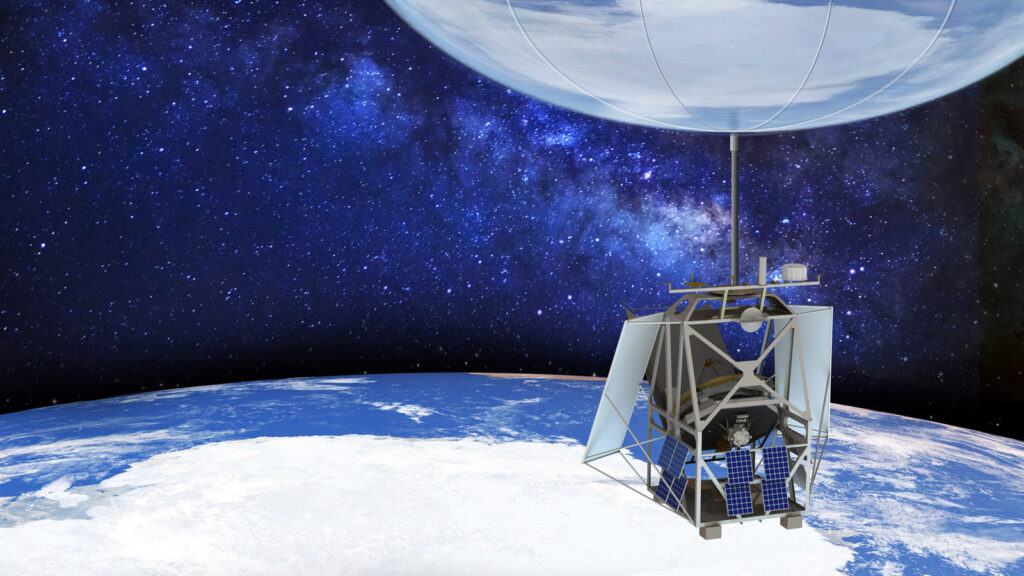
✅ ASTHROS Telescope & Science 🛰️
Telescope: Features a lightweight 8.4-foot (2.5-meter) antenna to collect far-infrared light.
Technology: Uses a cryocooler powered by solar panels to keep detectors at 4 Kelvin (−452°F).
Scientific Goal: Investigate stellar feedback—the process by which stars affect star formation in galaxies.
Bonus Target: Observe TW Hydrae, a young star with a dust and gas disk where planets may be forming!
High-Altitude Balloon Origins...
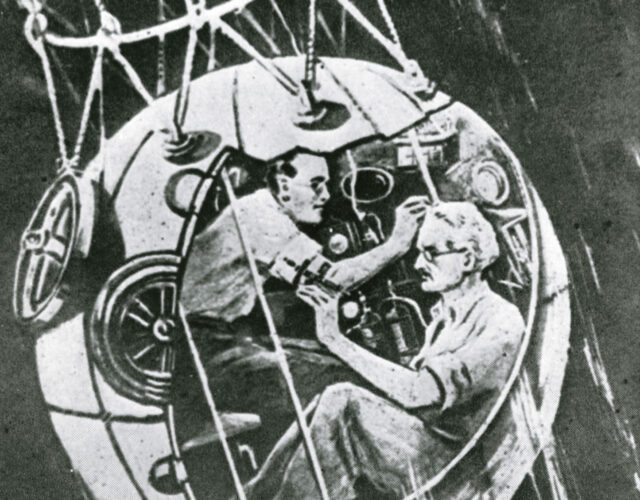
Jean Piccard & Stratobowl (1930s)
- In the 1930s, Swiss-born scientist Jean Piccard launched high-altitude balloons to study cosmic rays in the stratosphere.
- These flights helped scientists understand the upper atmosphere and its effect on cosmic radiation.
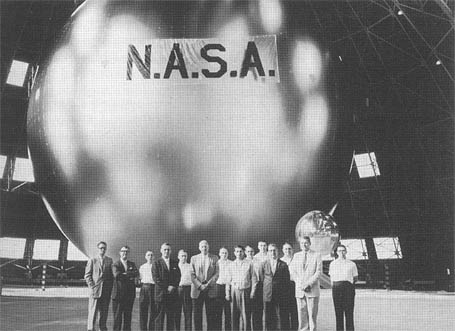
Echo-1 (1960) – NASA’s First Balloon Satellite
- NASA launched Echo-1, an inflatable space balloon that served as a passive communication satellite.
- It was the first satellite to reflect radio signals, proving that signals could be bounced off large objects in space.

